
漢德百科全書 | 汉德百科全书
 国际城市
国际城市
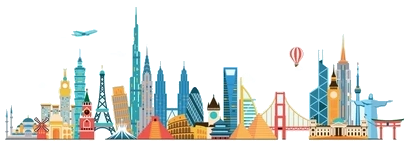

通厄伦(荷兰语:Tongeren,荷兰语发音:[ˈtɔŋərə(n)] (ⓘ);法语:Tongres,法语发音:[tɔ̃ɡʁ];德语:Tongern,德语发音:[ˈtɔŋɐn];林堡语:Tóngere,林堡语发音: [ˈtoŋəʀə])是比利时弗拉芒大区林堡省的一座城市,南与瓦隆大区列日省接壤,通行荷兰语,是弗拉芒社群的一部分,面积87.56平方千米,人口31,142人(2020年1月1日)。
Tongern (niederländisch Tongeren, limburgisch Tóngere, französisch Tongres) ist eine Stadt in der belgischen Provinz Limburg und der niederländischsprachigen Region Flandern. Sie ist die älteste Stadt Belgiens (gegründet um 15 v. Chr.), entstanden aus der römischen Siedlung Aduatuca Tungrorum, die an der Römerstraße von Köln nach Bavay lag, die heute Via Belgica genannt wird und weiter bis nach Bononia führte.
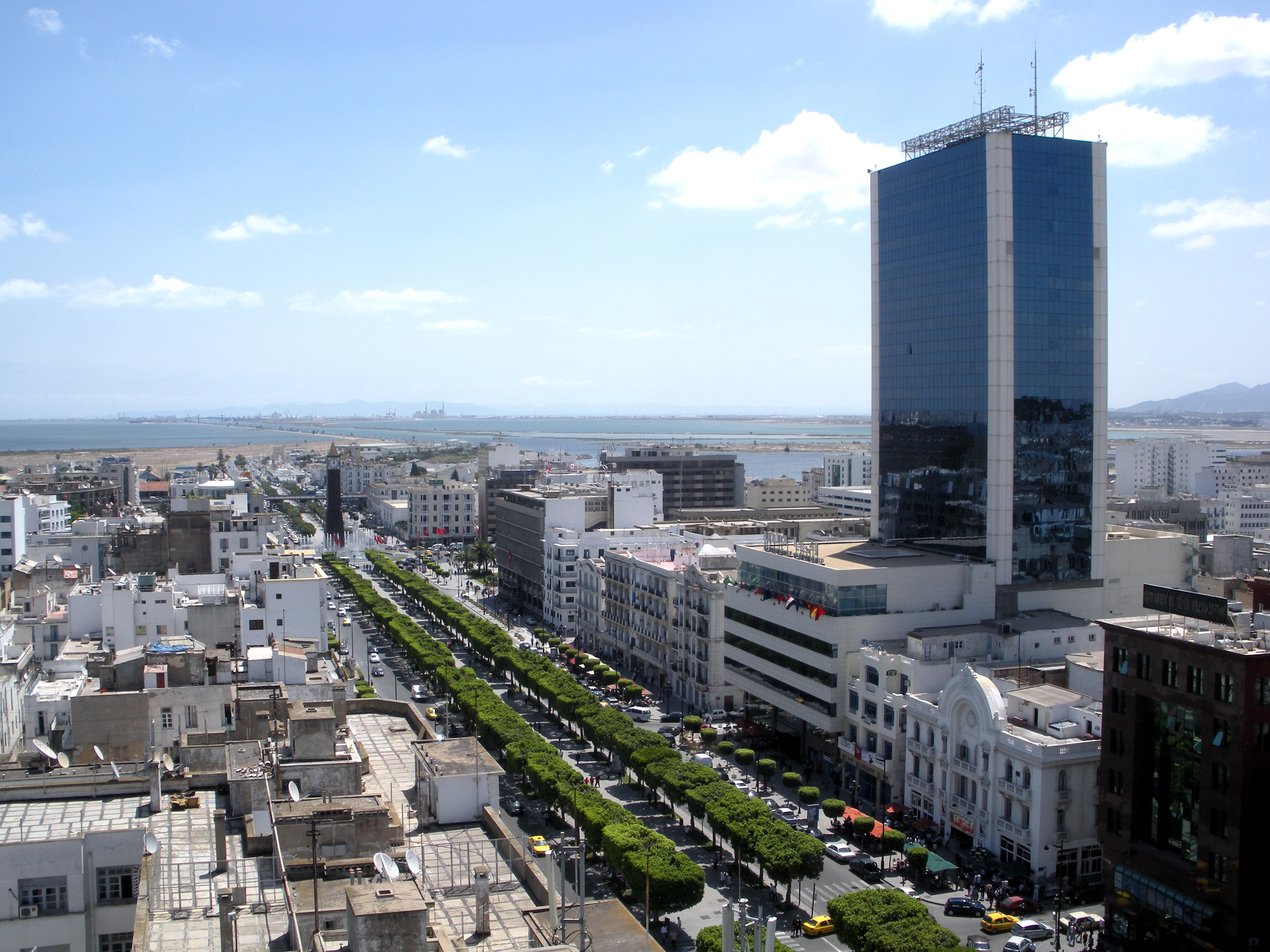
Tunis (arabisch تونس, DMG Tūnis, Zentralatlas-Tamazight ⵜⵓⵏⵙ Tunes) ist die Hauptstadt Tunesiens und Provinzhauptstadt des gleichnamigen Gouvernements. Sie ist die größte Stadt Tunesiens und hatte im Jahr 2014 laut Zensus 1.056.247 Einwohner. In der Agglomeration wohnen etwa zwei Millionen Einwohner (Juni 2014).[2] Ihr historischer Kern, die Médina, steht auf der UNESCO-Welterbe-Liste.
Nachdem die Stadt ein bescheidenes Dorf im Schatten von Karthago, Kairouan und danach Mahdia gewesen war, wurde sie am 20. September 1159 (5. Ramadan 554 des muslimischen Kalenders) unter der Regierung der Almohaden als Hauptstadt genannt. Ihr Status wurde danach im Jahr 1228 von den Hafsiden bestätigt und auch nach der Unabhängigkeit des Landes von Frankreich am 20. März 1956.
Tunis ist die ökonomische und kommerzielle Hauptstadt Tunesiens. Ihr dichtes Straßen- und Autobahnnetz und ihre relativ fortgeschrittene Fluganbindung machen sie zu einem Konvergenzpunkt des Nationalverkehrs. Diese Situation ist ein Ergebnis einer langen zentralistischen Politik, die dazu beigetragen hat, dass sich alle wichtigen Institutionen in Tunis befinden.
Im Laufe des 20. Jahrhunderts hat sich die Agglomeration außerhalb der Grenzen der Gemeinde erweitert. Zurzeit erstreckt sich Tunis über vier Gouvernorats, Tunis, l'Ariana, Ben Arous und La Manouba, und wird Le Grand Tunis (das große Tunis) genannt.
突尼斯(阿拉伯语:تونس;法语:Tunis)是北非国家突尼斯的首都,也是突尼斯省的省会。突尼斯是该国最大的城市,位于突尼斯北部的突尼斯湾(Gulf of Tunis,本身是地中海的一部分)内,市区本身被突尼斯湖与西边的潟湖包夹两侧,突尼斯运河贯穿市中心,在外港哈克阿瓦迪附近入海。
チュニス(Tunis、تونس ラテン文字転写 : Tūnis トゥーニス)は、チュニジア共和国の首都であり、同国のチュニス県の県都でもある。また同国の商業・工業の中心地で、アフリカ有数の世界都市である。2014年のシンクタンクの発表によると、世界第81位の都市と評価されている。北アフリカではカイロ、カサブランカに次ぐ第3位である。 人口約83万人(2004年12月現在)。近郊を含む都市的地域の人口は235万人であり、世界第164位である[1]。市街はチュニス湖とその西方の塩湖セブカ・セジューミ(fr)の間の地峡部にあり、チュニス湖は、地峡部を横断する運河で、地中海・チュニス湾に面する外港のラ・グレットと結ばれる。オリーブ油・リン鉱石などを輸出。チュニス大学がある。
Tunis (Arabic: تونس ![]() Tūnis) is the capital and largest city of Tunisia. The greater metropolitan area of Tunis, often referred to as "Grand Tunis", has about 2,700,000 inhabitants, making it the third-largest city in the Maghreb region (after Casablanca and Algiers) and the sixteenth-largest in the Arab world.
Tūnis) is the capital and largest city of Tunisia. The greater metropolitan area of Tunis, often referred to as "Grand Tunis", has about 2,700,000 inhabitants, making it the third-largest city in the Maghreb region (after Casablanca and Algiers) and the sixteenth-largest in the Arab world.
Situated on a large Mediterranean Sea gulf (the Gulf of Tunis), behind the Lake of Tunis and the port of La Goulette (Ḥalq il-Wād), the city extends along the coastal plain and the hills that surround it. At its core lies its ancient medina, a World Heritage Site. East of the medina through the Sea Gate (also known as the Bab el Bhar and the Porte de France) begins the modern city, or Ville Nouvelle, traversed by the grand Avenue Habib Bourguiba (often referred to by popular press and travel guides as "the Tunisian Champs-Élysées"), where the colonial-era buildings provide a clear contrast to smaller, older structures. Further east by the sea lie the suburbs of Carthage, La Marsa, and Sidi Bou Said. As the capital city of the country, Tunis is the focus of Tunisian political and administrative life; it is also the centre of the country's commercial and cultural activities. It has two cultural centres, as well as a municipal theatre that is used by international theatre groups and a summer festival, the International Festival of Carthage, which is held in July.
Tunis ([ty.nis] ; arabe : تونس, tūnis [ˈtuːnɪs]2 Écouter) est la ville la plus peuplée et la capitale de la Tunisie. Elle est aussi le chef-lieu du gouvernorat du même nom depuis sa création en 1956. Située au nord du pays, au fond du golfe de Tunis dont elle est séparée par le lac de Tunis, la cité s'étend sur la plaine côtière et les collines avoisinantes. Son cœur historique est la médina, inscrite au patrimoine mondial de l'Unesco.
Bourgade modeste placée dans l'ombre de Carthage, Kairouan puis Mahdia, elle est finalement désignée comme capitale le 20 septembre 1159 (5 ramadan 554 du calendrier musulman), sous l'impulsion des Almohades, puis confirmée dans son statut sous la dynastie des Hafsides en 1228 et à l'indépendance du pays le 20 mars 1956.
Tunis est la capitale économique et commerciale de la Tunisie. La densité de son réseau routier, autoroutier et sa structure aéroportuaire en font un point de convergence pour les transports nationaux. Cette situation est issue d'une longue évolution, en particulier des conceptions centralisatrices qui donnent un rôle considérable à la capitale et tendent à y concentrer à l'extrême les institutions.
En 2014, la population de la municipalité de Tunis intra-muros est de 638 845 habitants d'après le recensement de l'Institut national de la statistique1. Néanmoins, au cours du XXe siècle, l'agglomération s'est largement développée hors des limites de la municipalité, s'étendant sur quatre gouvernorats, Tunis, l'Ariana, Ben Arous et La Manouba. Le Grand Tunis compte 2 643 695 habitants en 2014, soit environ 14 % de la population du pays.
Tunisi (AFI: [ˈtunizi][2]; in arabo: تونس, Tūnis, in francese Tunis, giornalisticamente chiamata anche Cartagine) è una città di 1.056.247 abitanti dell'Africa settentrionale, capitale e massimo porto della Tunisia (di cui è la città più popolosa) e capitale del governatorato omonimo. Si trova sulle rive di una laguna presso l'antica Cartagine, unita al Mar Mediterraneo da un canale navigabile di circa 10 km che la collega all'avamporto di La Goletta.
Nata come modesto villaggio situato all'ombra di Cartagine, Kairouan e Mahdia, Tunisi è finalmente stata designata come capitale il 20 settembre 1159 (5 ramadan 554, per il calendario musulmano) per volontà della dinastia degli Almohadi, successivamente confermata dentro il proprio statuto sotto la dinastia hafside nel 1228 e anche all'indipendenza del paese, il 20 marzo 1956.
Tunisi è la capitale economica e commerciale della Tunisia. La densità della rete stradale, autostradale e della struttura aeroportuale della città ne fanno un punto di convergenza per i trasporti nazionali. Questa situazione è il risultato di una lunga evoluzione, in particolare della concezione centralistica che ha dato un ruolo considerevole alla capitale e che ha fatto in modo che vi si concentrassero le istituzioni principali.
Túnez (en árabe, تونس, en bereber: Tunest) es la capital de la República Tunecina ininterrumpidamente desde que los almohades le dieran ese título en 1159 y la dinastía de los hafsidas confirmase su estatus en 1228.[aclaración requerida] También es la capital de la gobernación homónima desde su creación, en 1956. Es el centro de las actividades industriales, comerciales, culturales, y políticas. Está situada al norte, al final del golfo de Túnez, a continuación del lago de Túnez o laguna del Behira, entre la llanura costera y las colinas que la rodean. Está unida por un canal al puerto de La Goleta (La Goulette en francés). Según el censo de 2004, en ella viven 728 453 habitantes (alrededor de un 10 % de la población estatal),1 llamados tunecinos,2 lo que la convierte en la ciudad más poblada del país; esta cifra aumenta hasta 2 380 500 personas en su área metropolitana.
Al norte de la ciudad se encuentra la masa verde del Belvedere, y al suroeste, el cerro del cementerio de Jellaz. Al este está la medina de Túnez, el centro de la ciudad, compuesto de callejuelas y pasadizos cubiertos, con multitud de olores y variedad de colores provenientes de los comercios. La ciudad moderna (Nouvelle ville) se alcanza al cruzar la puerta de Francia, antiguamente llamada «puerta del mar». Está atravesada por la gran avenida Bourguiba (considerada por muchos como los Campos Elíseos tunecinos), cuyos edificios de estilo colonial de principios de siglo XX contrastan con la arquitectura de estilo árabe de la ciudad antigua, que vino a llamarse la «ciudad de los indígenas».
图尔奈(法语:Tournai,法语发音:[tuʁnɛ] (ⓘ);荷兰语:Doornik,荷兰语发音:[ˈdoːrnɪk] (ⓘ);皮卡第语:Tornai;德语旧名:Dornick),比利时瓦隆大区埃诺省城市,位于埃斯科河畔,西与法国接壤,通行法语,是比利时法语社群的一部分,人口69,554人(2018年1月1日)。
图尔奈与阿尔隆、通厄伦同为比利时最古老的三个城市,在比利时文化历史上扮演了重要角色。历史上,图尔奈曾是法兰克帝国的首都,其大教堂和钟楼都被联合国教科文组织列为世界文化遗产。
Tournai (französisch, aus lateinisch Turnacum;[1] niederländisch Doornik, deutsch veraltet Dornick) ist eine Stadt am Fluss Escaut (niederländisch: Schelde) in der Provinz Hennegau (niederländisch Henegouwen, französisch Hainaut) im picardischen Teil von Wallonien, dem überwiegend Französisch sprechenden Teil Belgiens. Sie hatte am 1. Januar 2019 gemäß den Angaben des nationalen Registers 69.233 Einwohner.[2] Die Stadt liegt etwa 85 km südwestlich von Brüssel. Mit einer Fläche von über 213 km² ist sie die größte Gemeinde Belgiens.
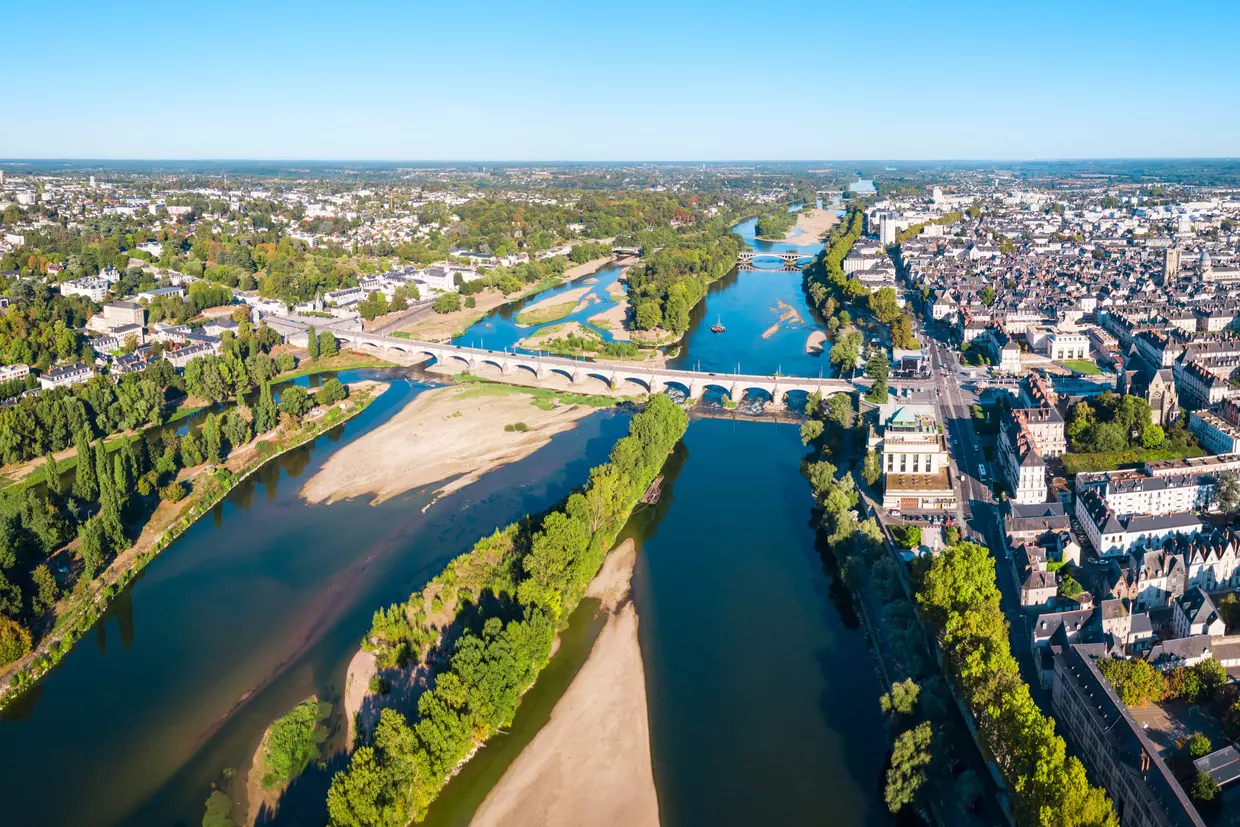
Tours [tu(ː)ʀ] ist die Hauptstadt (préfecture) des französischen Départements Indre-et-Loire in der Region Centre-Val de Loire. Tours hat 137.087 Einwohner (Stand 1. Januar 2019) und liegt an der Loire und am Cher, zwischen Orléans und der Atlantikküste.
Der Name der Stadt leitet sich von den Turonen – einem alten gallischen Stamm – ab.
图尔(法语:Tours,法语发音:[tuʁ]),法国中西部城市,中央-卢瓦尔河谷大区安德尔-卢瓦尔省的一个市镇和该省的省会,下辖图尔区[1],其市镇面积34.36平方公里,2019年1月1日时人口数量为137,087人,是该省乃至整个大区人口数量最多的城市。2018年,图尔-卢瓦尔河谷都会区成立,代替了原来的城市圈公共社区[史 1],成为了法国22个都会区之一[注 1]。
图尔位于法国巴黎盆地西南部,市区地势平坦,法国第一大河卢瓦尔河和其第二大支流谢尔河自东向西平行穿越市区,使得图尔市区呈现出“两水三岸”的城市面貌[2]。图尔也是法国西部重要的交通枢纽之一,三条高速公路和十个方向的铁路线在此交汇,由此前往周边多个大城市的路程均在一小时以内[地 1]。图尔-卢瓦尔河谷机场亦是中央-卢瓦尔河谷大区境内唯一的开辟常规航线的客运机场[地 2]。
图尔是法国历史文化名城,其筑城史始于公元一世纪,自建城以来一直为这一地区的政治和文化中心,中世纪时成为军事要塞和圣雅各朝圣之路上的重要驿站,文艺复兴前期(1450年-1550年)则因瓦卢瓦国王路易十一的长居而一度成为了“法兰西的首都”[3]。图尔市中心的传统房屋多以石灰华和板岩作为外墙和屋顶的装饰材料,因此图尔又被誉为“白蓝之城”(Blanche et Bleu)[文 1],其所在的卢瓦尔河谷也被称为“法兰西花园”[文 2],并于2000年被列入世界文化遗产。
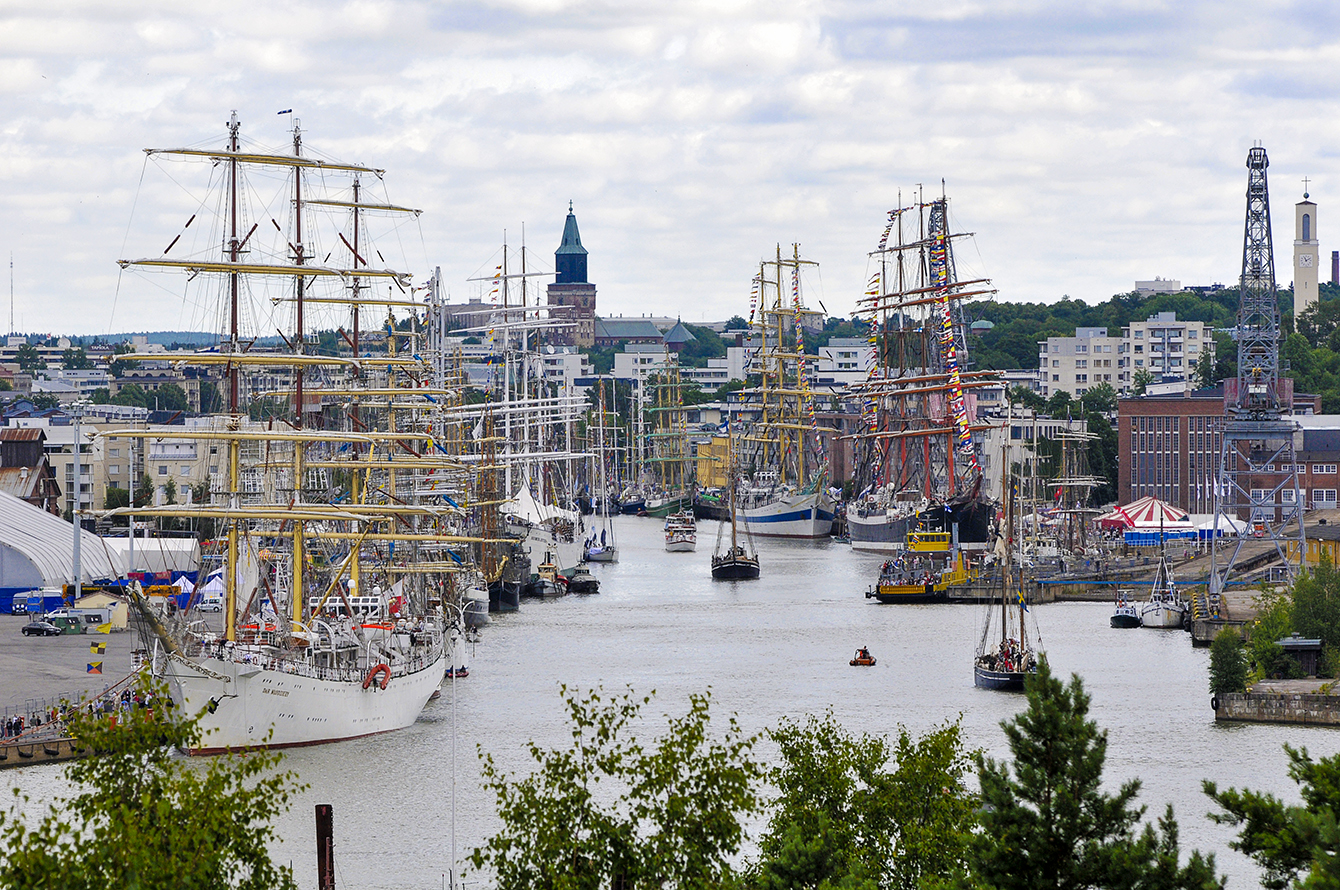
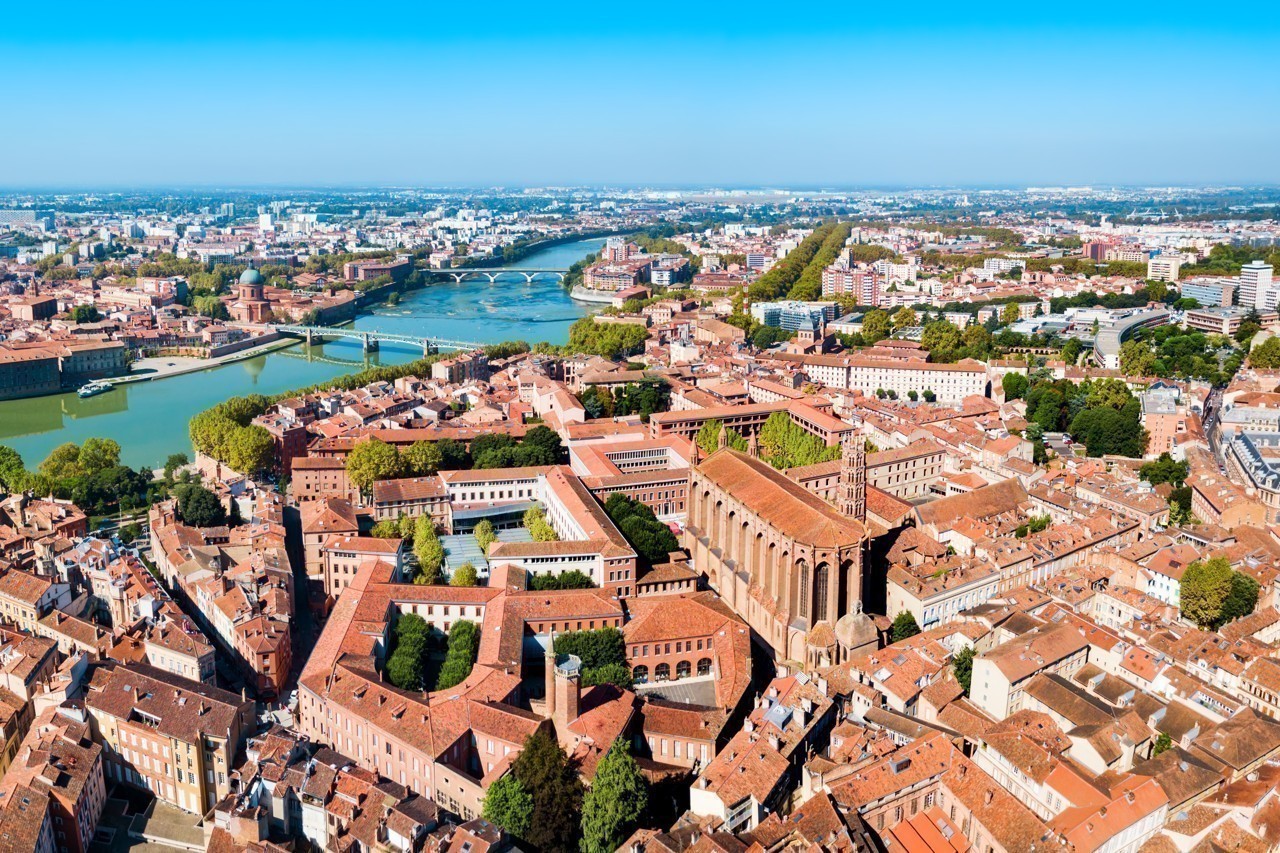
Toulouse ([tuluːz] okzitanisch Tolosa [tuˈluzɔ]; deutsch veraltet: Tholosen) ist eine Stadt in Südfrankreich am Fluss Garonne.
In der Kernstadt lebten (Stand: 1. Januar 2015) 471.941 Einwohner, im Ballungsgebiet 920.402 Einwohner und in der gesamten Metropolregion 1.291.517 Einwohner – damit ist Toulouse die viertgrößte Stadt Frankreichs.
Toulouse ist die Hauptstadt der Verwaltungsregion Okzitanien sowie Verwaltungssitz des Départements Haute-Garonne. Bis zur Französischen Revolution war die Stadt offizielle Hauptstadt der Provinz Languedoc. Im Mittelalter war sie Hauptstadt der Region Okzitanien.
图卢兹(法语:Toulouse)位于法国西南部加龙河畔,大致处于大西洋和地中海之间的中点,为上加龙省、欧西坦尼亚大区首府,距巴黎590公里(366英里)。截至2013年1月1日,图卢兹大市拥有1,291,517居民,是法国第四大城市,仅次于巴黎(1210万),里昂 (210万),和马赛(170万)。[4]
图卢兹是欧洲航天产业的基地,空中客车、伽利略定位系统、SPOT卫星的总部,法国国家太空研究中心的图卢兹航天中心(CST),欧洲最大的航天中心都位于这里[5]。欧洲最大卫星制造商泰雷兹阿莱尼亚宇航公司,和EADS公司的子公司EADS Astrium Satellites也是图卢兹的重要存在。著名的图卢兹大学创办于1229年,是欧洲最古老的大学之一,有超过97,000的学生,与里尔并列法国第三大大学校园,仅次于巴黎大学和里昂大学。[6]
图卢兹是前朗格多克省的首府(省级区划在法国大革命期间被取消)。现在它是南-比利牛斯大区的首府,该区是法国本土最大的地区。它也是上加龙二级行政区的首府。
トゥールーズ(トゥルーズ、Toulouse 発音例, オック語:Tolosa 発音: [tuˈluzɔ])は、フランスの南西部に位置するコミューンで、オクシタニー地域圏の首府、オート=ガロンヌ県の県庁所在地である。
Toulouse (/tuːˈluːz/;[4] French: [tuluz] (![]() listen); Occitan: Tolosa [tuˈluzɔ], Latin: Tolosa) is the capital of the French department of Haute-Garonne and of the region of Occitanie. The city is on the banks of the River Garonne, 150 kilometres (93 miles) from the Mediterranean Sea, 230 km (143 mi) from the Atlantic Ocean and 680 km (420 mi) from Paris. It is the fourth-largest city in France, with 466,297 inhabitants as of January 2014. In France, Toulouse is called the "Pink City" (La Ville Rose).
listen); Occitan: Tolosa [tuˈluzɔ], Latin: Tolosa) is the capital of the French department of Haute-Garonne and of the region of Occitanie. The city is on the banks of the River Garonne, 150 kilometres (93 miles) from the Mediterranean Sea, 230 km (143 mi) from the Atlantic Ocean and 680 km (420 mi) from Paris. It is the fourth-largest city in France, with 466,297 inhabitants as of January 2014. In France, Toulouse is called the "Pink City" (La Ville Rose).
The Toulouse Metro area, with 1,312,304 inhabitants as of 2014, is France's fourth-largest metropolitan area, after Paris, Lyon and Marseille, and ahead of Lille and Bordeaux.
Toulouse is the centre of the European aerospace industry, with the headquarters of Airbus (formerly EADS), the Galileo positioning system, the SPOT satellite system, ATR and the Aerospace Valley. It also hosts the European headquarters of Intel and CNES's Toulouse Space Centre (CST), the largest space centre in Europe.[5] Thales Alenia Space, ATR, SAFRAN, Liebherr-Aerospace and Astrium Satellites also have a significant presence in Toulouse.
The University of Toulouse is one of the oldest in Europe (founded in 1229) and, with more than 103,000 students, it is the fourth-largest university campus in France, after the universities of Paris, Lyon and Lille.[6]
The air route between Toulouse–Blagnac and Paris Orly is the busiest in Europe, transporting 2.4 million passengers in 2014.[7] According to the rankings of L'Express and Challenges, Toulouse is the most dynamic French city.[8][9][10]
The city was the capital of the Visigothic Kingdom in the 5th century and the capital of the province of Languedoc in the Late Middle Ages and early modern period (provinces were abolished during the French Revolution), making it the unofficial capital of the cultural region of Occitania (Southern France). It is now the capital of the Occitanie region, the second largest region in Metropolitan France.
A city with unique architecture made of pinkish terracotta bricks, which earned it the nickname la Ville Rose ("the Pink City"), Toulouse counts two UNESCO World Heritage Sites, the Canal du Midi (designated in 1996 and shared with other cities), and the Basilica of St. Sernin, the largest remaining Romanesque building in Europe,[11] designated in 1998 because of its significance to the Santiago de Compostela pilgrimage route.
Toulouse est une commune du Sud-Ouest de la France. Capitale pendant près de cent ans du royaume wisigoth1 et capitale historique du Languedoc2, elle est aujourd'hui le chef-lieu de la région Occitanie, du département de la Haute-Garonne, et est le siège de Toulouse Métropole3. Elle était également la préfecture de l'ancienne région Midi-Pyrénées jusqu'à sa disparition au 1er janvier 2016.
Avec 471 941 habitants au 1er janvier 20154, Toulouse est la quatrième commune la plus peuplée de France après Paris, Marseille et Lyon, ayant gagné 101 000 habitants au cours des 47 dernières années (1968-2015). Ses habitants sont appelés les Toulousains. L'aire urbaine de Toulouse regroupe 1 330 954 habitants en 20155, ce qui en fait aussi la quatrième du pays. Avec 948 433 habitants en 2015, l'agglomération est la cinquième, derrière celle de Lille et devant celles de Nice et de Bordeaux.
Ville à l'architecture caractéristique des cités du Midi de la France6,7, Toulouse est surnommée la « ville rose » en raison de la couleur du matériau de construction traditionnel local, la brique de terre cuite. Le développement de la culture de la violette de Toulouse au XIXe siècle en fait un emblème de la ville et lui vaut le surnom de « cité des violettes ». Elle est aussi, beaucoup plus rarement, surnommée la « cité Mondine » (la Ciutat Mondina en occitan), en référence à la dynastie des comtes de la ville, souvent nommés Raymond8.
Reliant Toulouse à Sète, le canal du Midi est inscrit au patrimoine mondial de l'Unesco depuis 1996. La basilique Saint-Sernin, plus grand édifice roman d'Europe, y est également inscrite depuis 1998 au titre des chemins de Saint-Jacques de Compostelle.
Toulouse est la capitale européenne de l'industrie aéronautique et spatiale avec les sites d'Airbus et de sa maison mère Airbus Group. Elle compte plus de 100 000 étudiants9 et selon L'Express il s'agissait de la ville la plus dynamique de France en 200910. Le magazine économique Challenges renouvelle ce titre en 201211 et 201512.
Le sport emblématique de Toulouse est le rugby à XV, son club du Stade toulousain détenant le plus riche palmarès sur le plan national comme sur le plan continental, avec 19 titres de champion de France et 4 titres de champion d'Europe.
Le cassoulet, la saucisse et la violette sont les spécialités emblématiques de la gastronomie toulousaine.
Tolosa (AFI: /toˈloza/[2]; in francese Toulouse, in occitano Tolosa) è una città della Francia, capoluogo della regione Occitania (dipartimento dell'Alta Garonna).
Attraversata dalla Garonna, è situata nella regione sudoccidentale del Paese, a circa 100 km di distanza dai Pirenei spagnoli e più o meno a metà strada tra l'Oceano Atlantico e il Mar Mediterraneo. Si tratta della quarta città più popolosa del Paese dopo Parigi, Marsiglia e Lione. Secondo il censimento del 2014, la città di Tolosa conta 466.297 abitanti (contro i 390.350 nel 1999), che arrivano a 1.312.304 (contro i 964.797 nel 1999) nella sua area metropolitana anche la quarta più popolosa del paese (INSEE). Il territorio comunale della città si estende su una superficie di 118,3 km².
Centro culturale dell'Occitania, ha ricevuto l'appellativo di Città Rosa per il colore dominante degli antichi edifici e possiede due siti iscritti al Patrimonio dell'umanità dell'UNESCO, la basilica romanica di Saint-Sernin (più grande edificio romanico d'Europa) e il Canal du Midi. I suoi abitanti si chiamano tolosani (Toulousains) e il simbolo che appare sulla bandiera della città è la croce occitana. Il motto della città è, in occitano, Per Tolosa totjorn mai (Per Tolosa, sempre di più).
Toulouse5 (pronunciado en francés ![]() [tuˈluz] (?·i); en occitano y tradicionalmente en español: Tolosa, y también nombrada como Ciutat Mondina, en occitano, en referencia a la dinastía de los Condes de la ciudad llamados Raymond en su mayoría6) es una ciudad del sur de Francia, capital del departamento del Alto Garona y de la región Occitania, así como la capital histórica de la provincia del Languedoc. Con 458 298 habs. en 2013 es la cuarta más poblada del país, por detrás de París, Marsella y Lyon.7
[tuˈluz] (?·i); en occitano y tradicionalmente en español: Tolosa, y también nombrada como Ciutat Mondina, en occitano, en referencia a la dinastía de los Condes de la ciudad llamados Raymond en su mayoría6) es una ciudad del sur de Francia, capital del departamento del Alto Garona y de la región Occitania, así como la capital histórica de la provincia del Languedoc. Con 458 298 habs. en 2013 es la cuarta más poblada del país, por detrás de París, Marsella y Lyon.7
Su área urbana, con 1 312304 habitantes,8 es también la cuarta mayor de Francia y la primera en crecimiento demográfico. Es atravesada por el río Garona (en francés: Garonne) y en su casco urbano (Port de l'Embouchure) se produce la confluencia de los canales de Midi, Brienne y lateral de la Garona. Está localizada al suroeste del país , entre el Mediterráneo (Gruissan) y el océano Atlántico (Capbreton), a 90 km de los Pirineos españoles.
Recibe el apodo de Ciudad Rosa por el color dominante en los edificios antiguos, hechos con ladrillos caravista. Su altitud promedio es de 141 metros, el relieve es poco accidentado.
Тулу́за (фр. Toulouse [tuˈluz] ![]() слушать, местн. [tuˈluzə]
слушать, местн. [tuˈluzə] ![]() слушать, окс. Tolosa [tuˈluzɔ], лат. Tolosa, кат. Tolosa de Llenguadoc) — город на юге Франции, столица региона Окситания и префектура (административный центр) департамента Верхняя Гаронна и округа Тулуза. Один из самых крупных культурных, научных и промышленных центров Франции; четвёртый по населению (466.297 человек, 2014) город после Парижа, Марселя и Лиона. Девиз — Per Tolosa totjorn mai с ок. — «Всего больше для Тулузы».
слушать, окс. Tolosa [tuˈluzɔ], лат. Tolosa, кат. Tolosa de Llenguadoc) — город на юге Франции, столица региона Окситания и префектура (административный центр) департамента Верхняя Гаронна и округа Тулуза. Один из самых крупных культурных, научных и промышленных центров Франции; четвёртый по населению (466.297 человек, 2014) город после Парижа, Марселя и Лиона. Девиз — Per Tolosa totjorn mai с ок. — «Всего больше для Тулузы».

Türkmenbaşy (russisch Туркменбашы Turkmenbaschy; bis 1993 Krasnowodsk/russisch Красноводск) ist eine Hafenstadt im Westen Turkmenistans in der Provinz Balkan. Sie ist der Endpunkt der transkaspischen Eisenbahn.
土库曼巴希[1](土库曼语:Türkmenbaşy),1993年前名为克拉斯诺沃茨克(俄语:Красноводск),是土库曼斯坦巴尔坎州最重要的港口城市,位于里海的东岸克拉斯诺沃茨克湾北岸。1999年人口51,000人,以土库曼族和阿塞拜疆族为主。

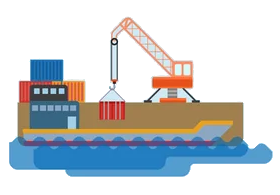 重要港口
重要港口
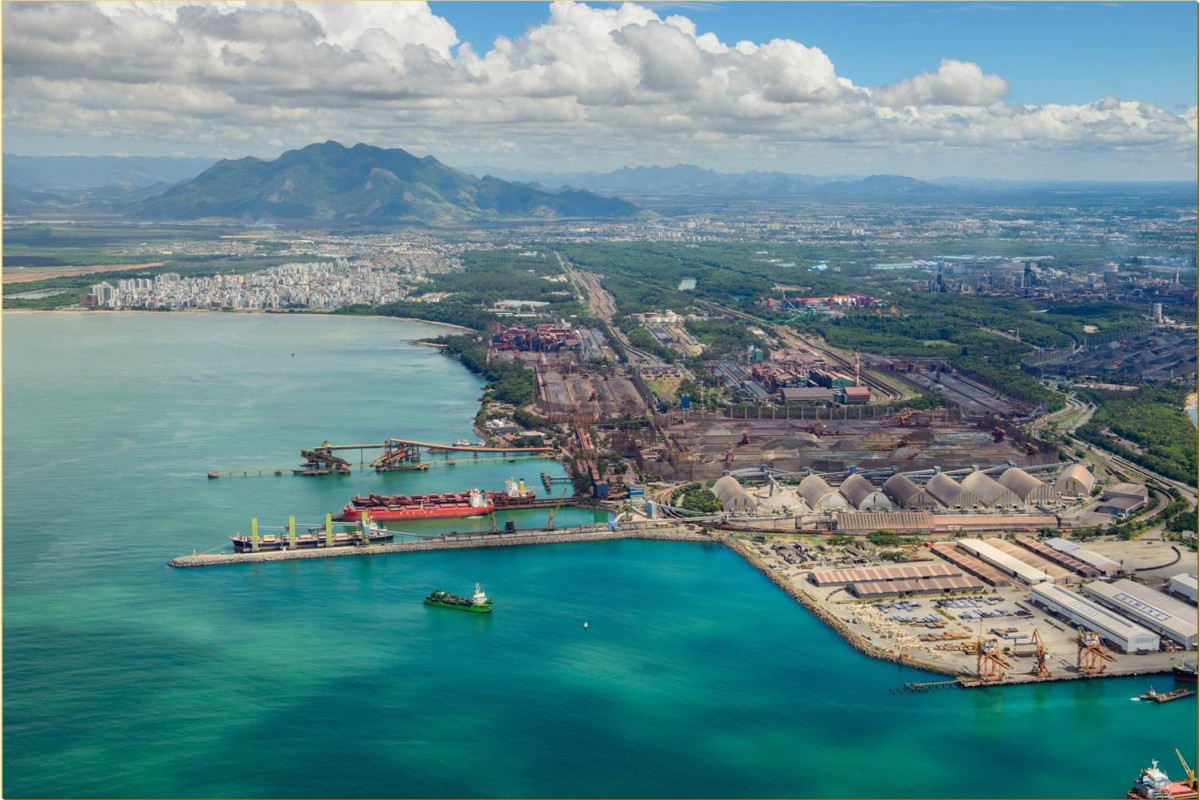
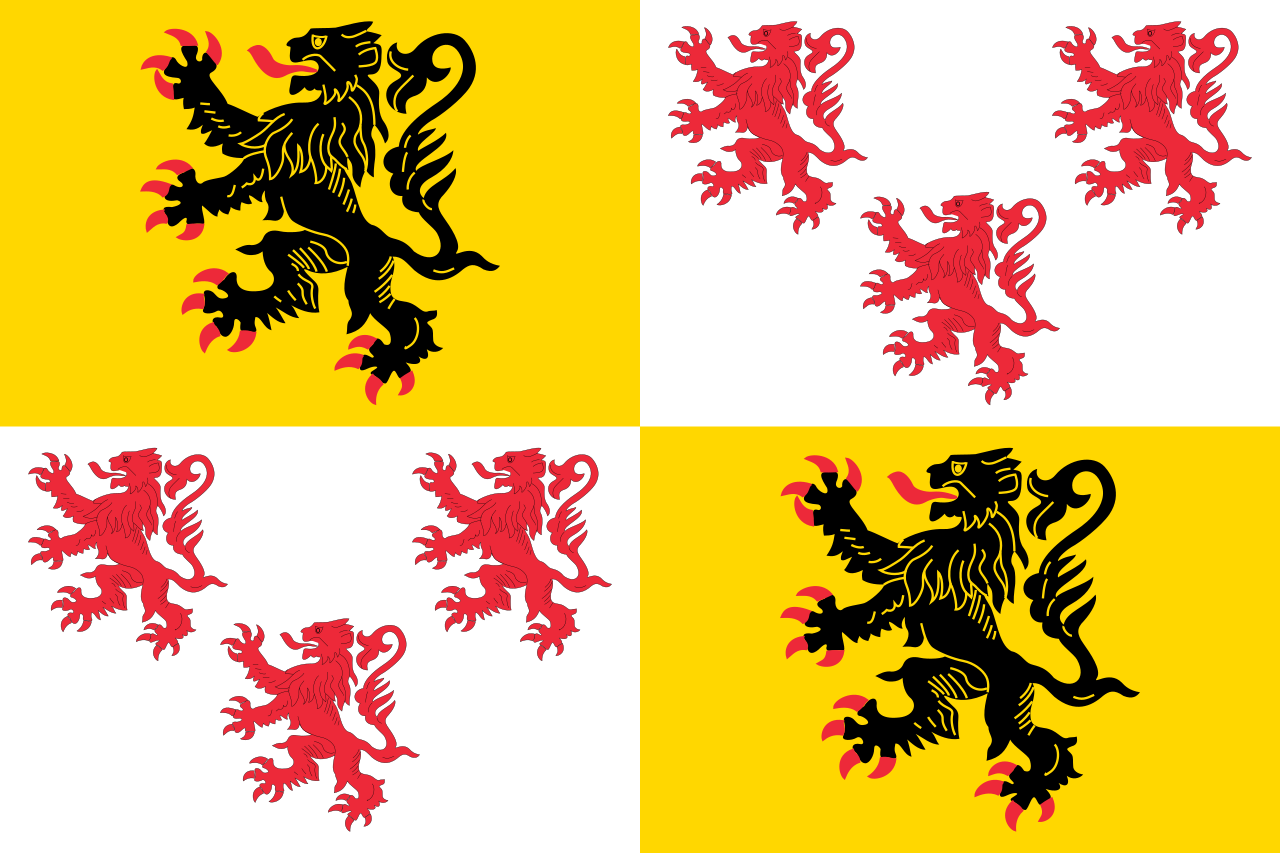 上法兰西大区
上法兰西大区
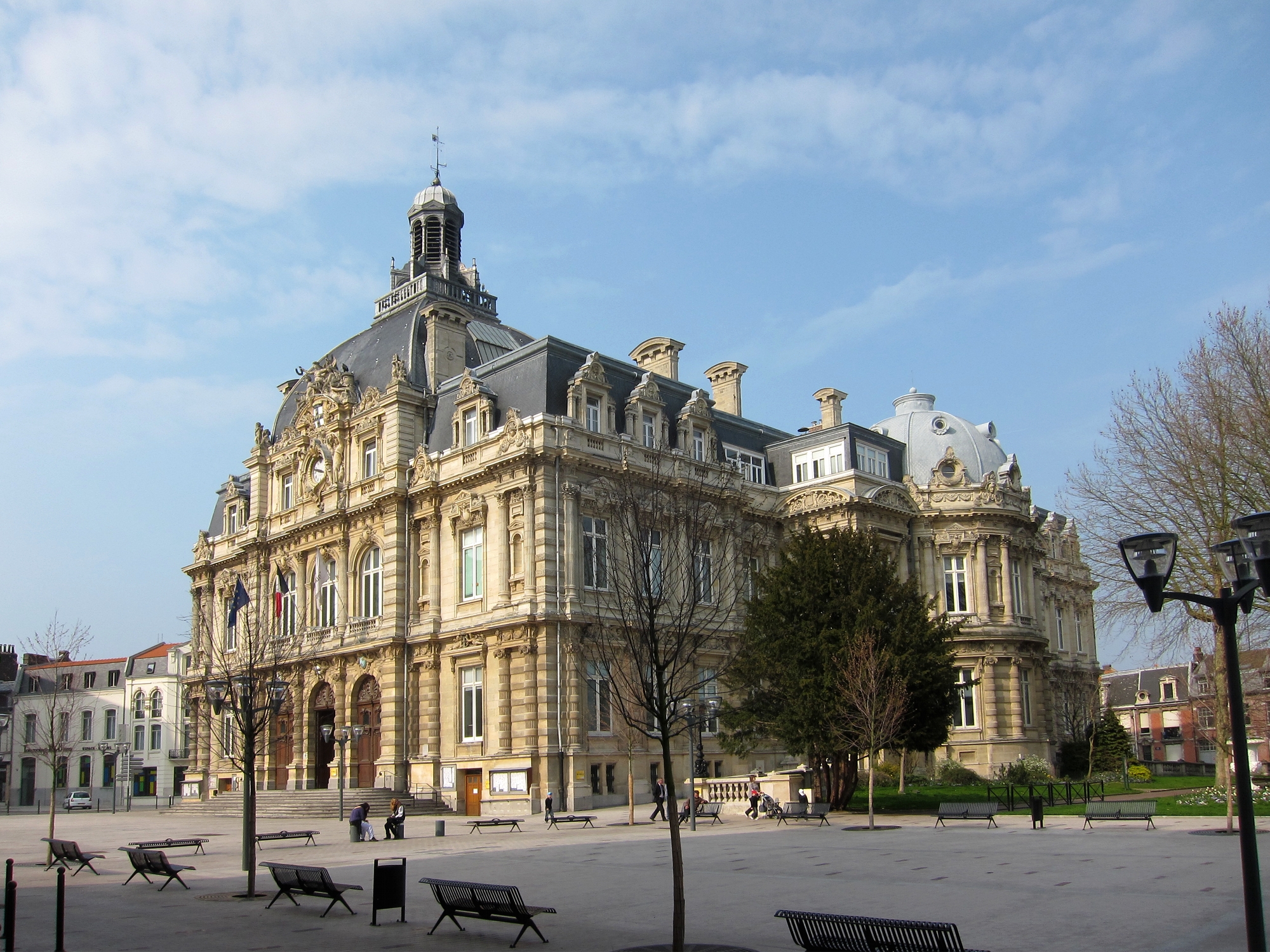
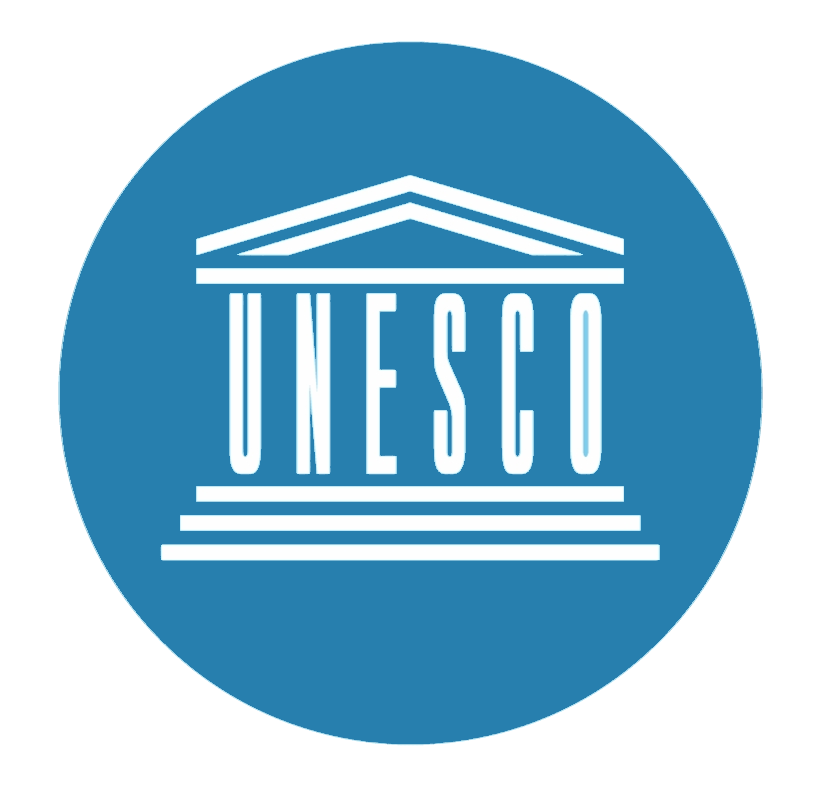 文化遗产
文化遗产
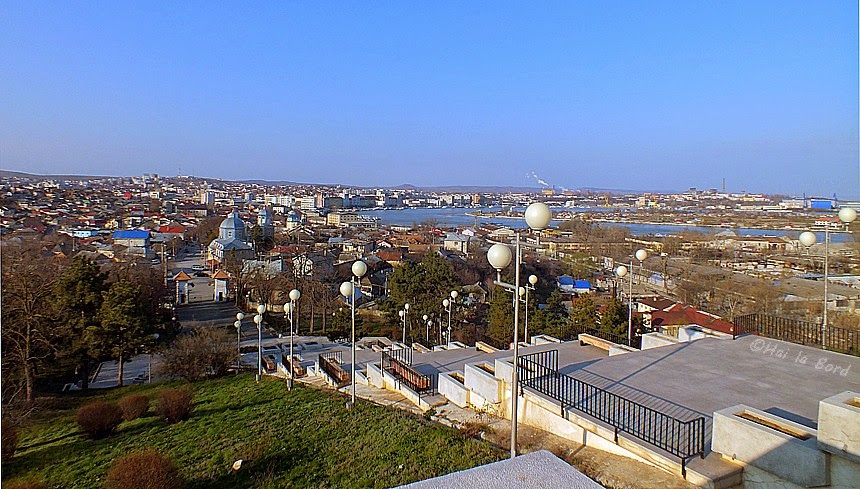
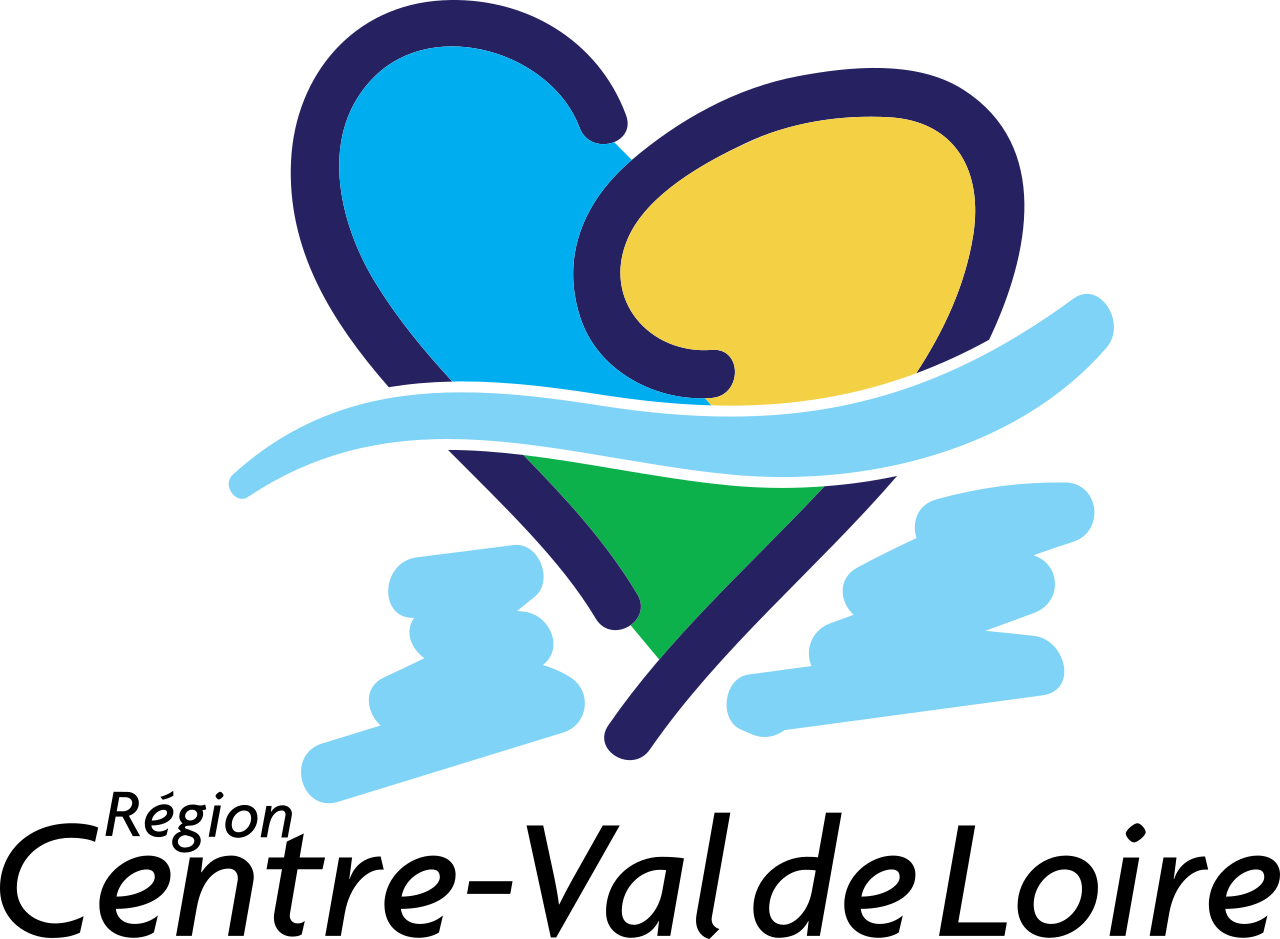 中央-卢瓦尔河谷
中央-卢瓦尔河谷
 历史
历史
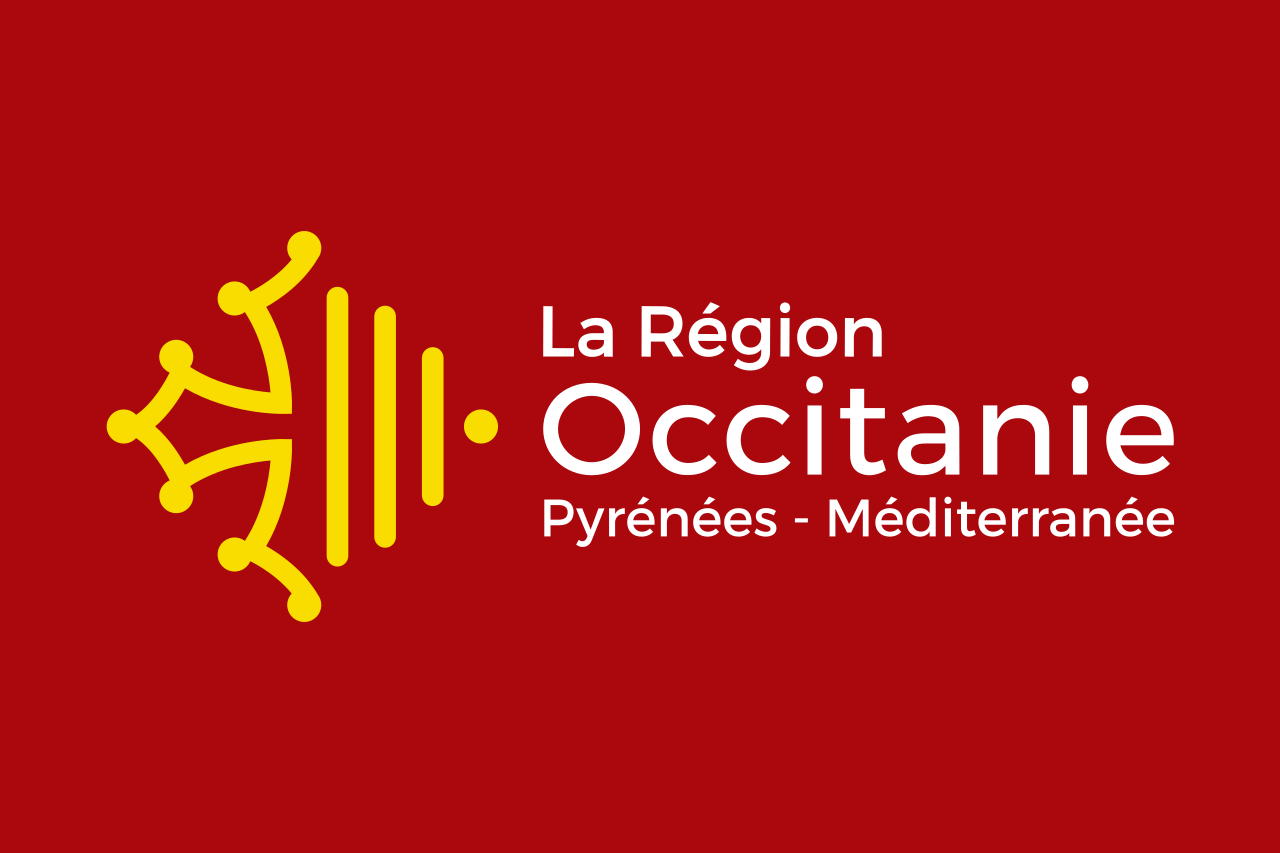 奥克西塔尼大区
奥克西塔尼大区
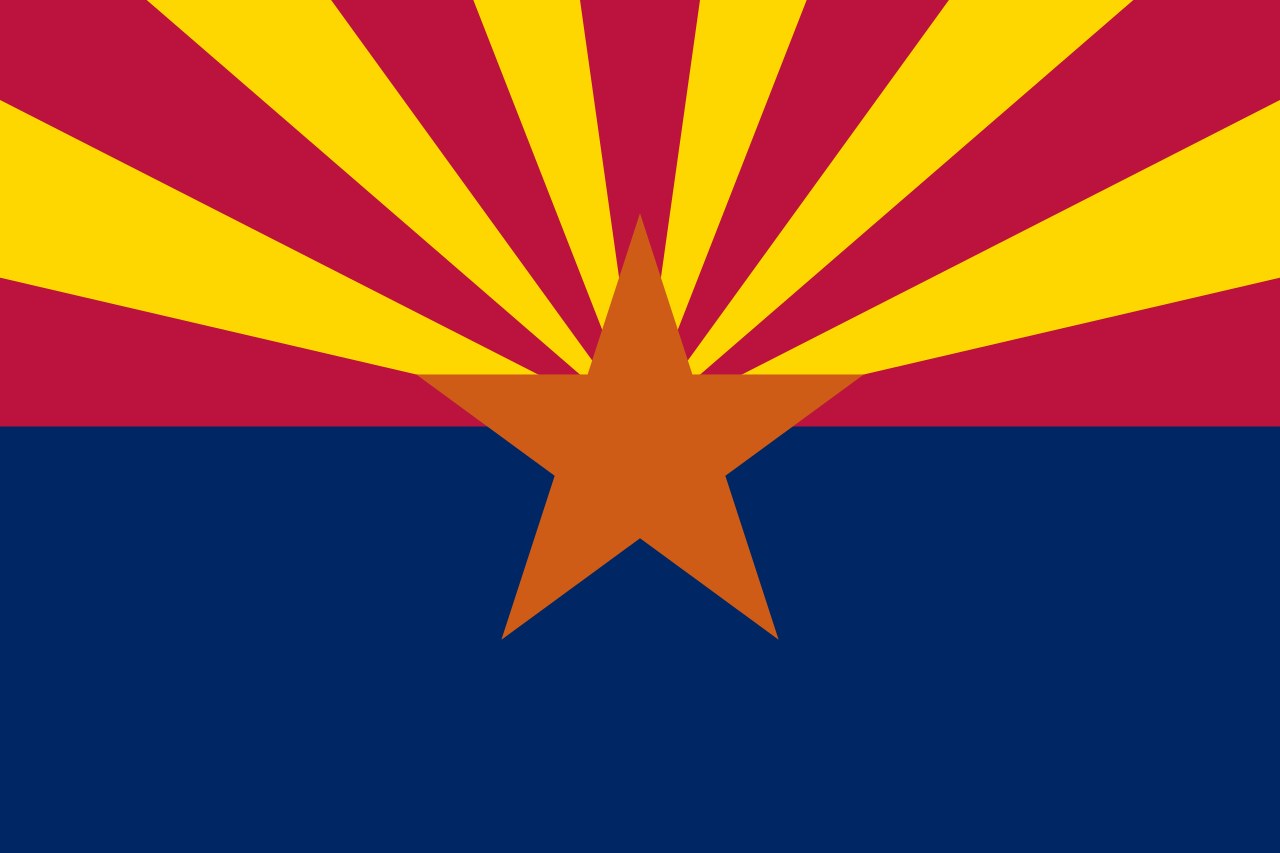 阿利桑那州
阿利桑那州
